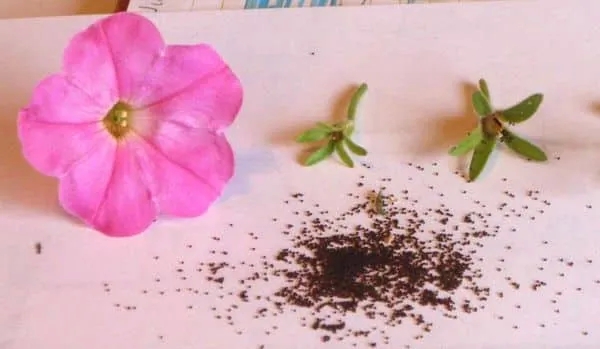
How to Properly Collect Petunia Seeds at Home
Petunias are cherished for their rapid growth, beautiful, abundant, and long-lasting blooms. There’s unparalleled joy for a gardener in growing a flower from a tiny seed. Watching a seedling emerge from a speck and transform into a stunning, flowering plant evokes strong emotions and pride in the work accomplished. To achieve this, high-quality planting material is essential. Let’s explore how to collect petunia seeds, when to do it, and the best storage practices.
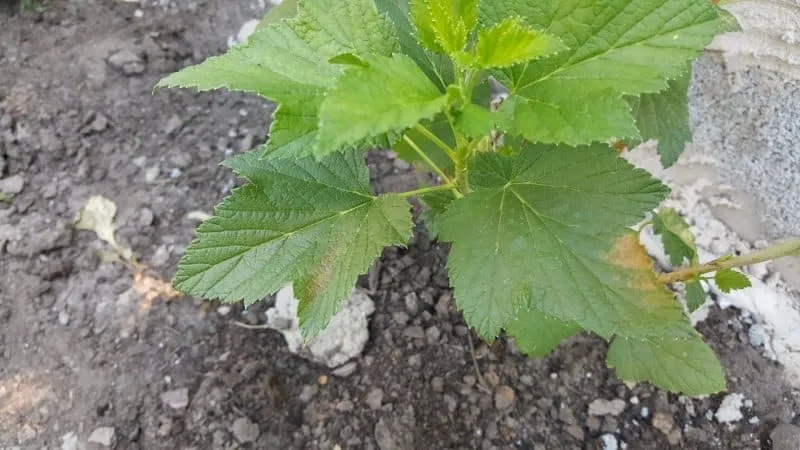
Diseases and pests of currants, methods of control, preventive measures
In Europe, four types of currants are commonly cultivated (white, black, yellow, and red). Although they differ in berry color, taste, and aroma, the plants are low-maintenance and have similar care requirements. They are susceptible to the same diseases and pests.
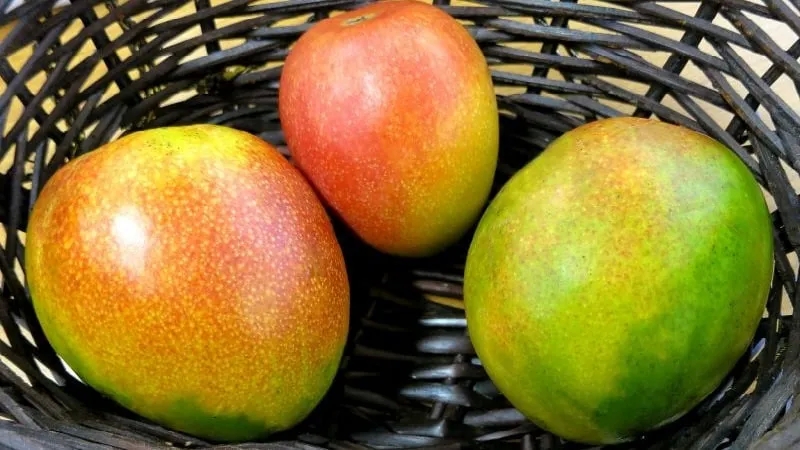
How to determine the ripeness of a mango and ripen the fruit at home
Translated from Sanskrit – the ancient language of India – mango means "the great fruit". Its consumption volume surpasses that of bananas and apples worldwide. This tropical fruit has won the hearts of Europeans thanks to its rich, sweet taste and pleasant resinous-fruity aroma with floral notes. In this article, we will explain how to determine mango ripeness and ripen a green fruit at home.

Step by step guide on how to grow Virginia 202 tobacco
Connoisseurs of high-quality tobacco understand that nothing compares to homegrown products. The Virginia 202 variety is so popular that it accounts for 70% of all cultivated tobacco. It is known for its low tar content and a unique, slightly sweet taste. Thanks to its vibrant color palette — ranging from lemon to orange — Virginia is often called "sunshine tobacco."
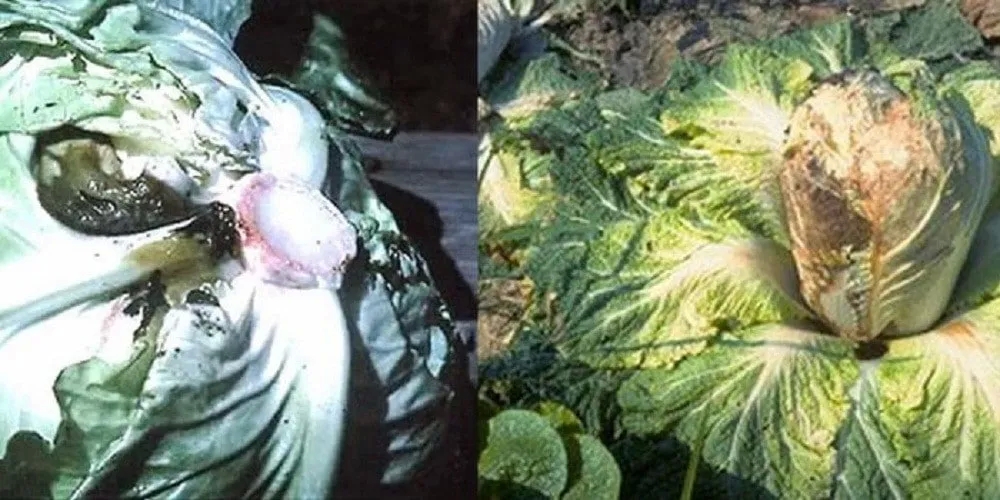
Diseases and pests of Chinese cabbage
Growing Chinese cabbage often comes with challenges: the vegetable is susceptible to attacks by crawling and flying insect pests, which can lead to dangerous diseases. Slugs, caterpillars, flea beetles, and aphids damage the leaves and stems, causing multiple diseases that are difficult to eliminate.
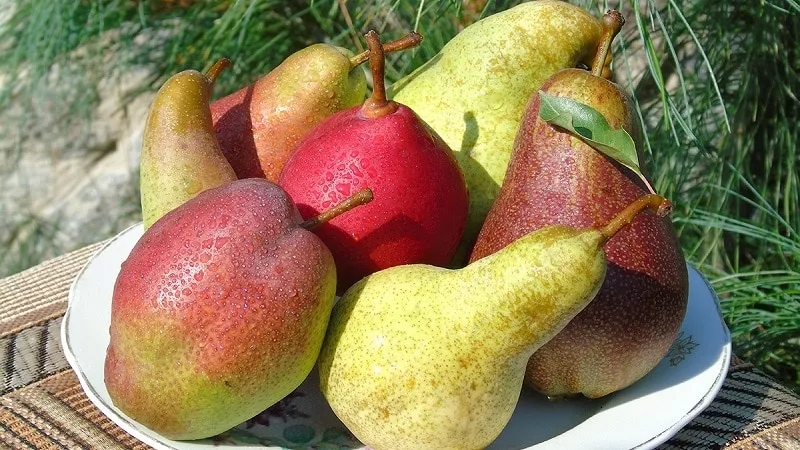
The sweetest and juiciest varieties of pears
To achieve a bountiful harvest of garden pears, it is essential to choose the right variety. Gardeners in Northern Europe opt for frost-resistant varieties, while those in Southern Europe prefer drought-tolerant ones. Pears are also categorized into summer and autumn varieties—the former ripens in July or August, the latter in September or October. The fruit's flavor largely depends on care—proper watering, fertilizing, pruning, and mulching are crucial. By following all agronomic guidelines, pears will be juicy, fragrant, and aromatic.
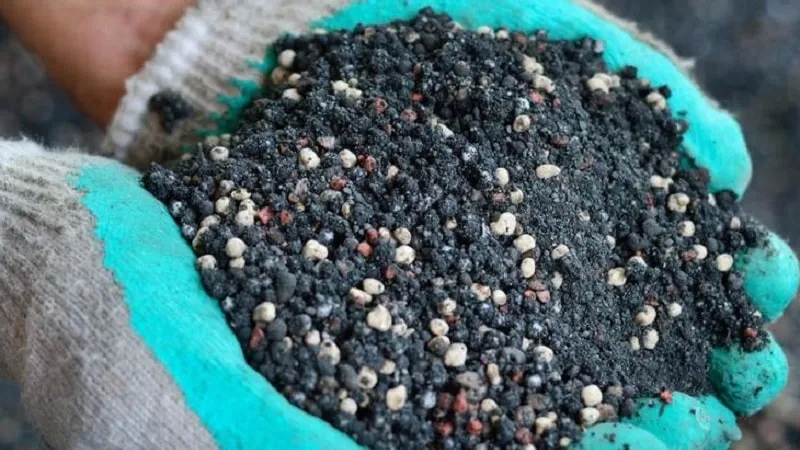
Rules for feeding tomatoes in a greenhouse: what fertilizers and when to use to get a rich harvest
Tomatoes are one of the most demanding vegetable crops. This fact becomes especially relevant when plants are cultivated in closed ground, that is, in a greenhouse. Greenhouse tomatoes vitally need full feeding — a complex of organic and mineral fertilizers.
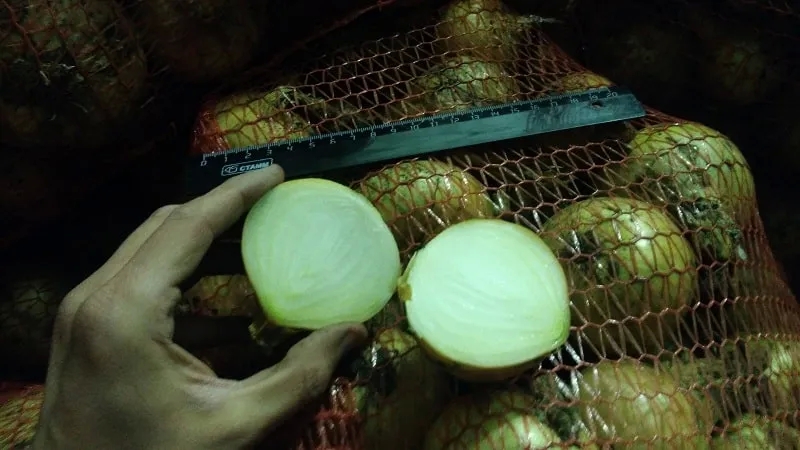
How to properly store onions in the cellar and is it possible to do so
Onions – a vegetable crop widely grown across Europe. This vegetable is used year-round in countless culinary dishes. Many home cooks and gardeners are interested in how to store their harvested onions for as long as possible.
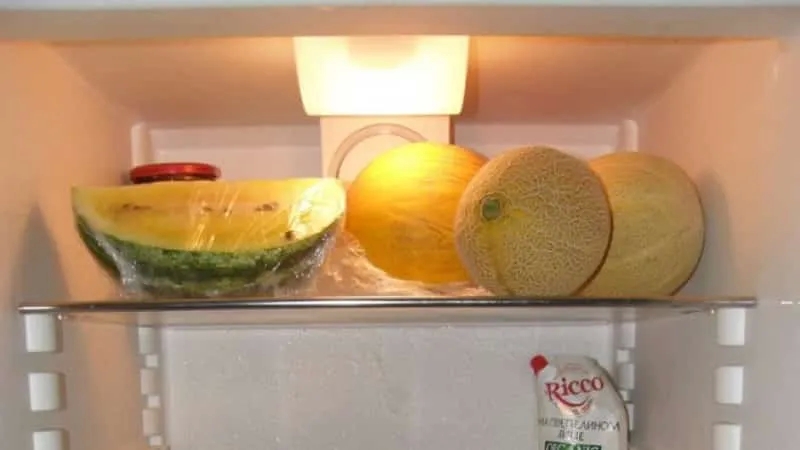
How long does cut melon last in the refrigerator and how to keep it fresh longer
Melon — a delicious, fragrant, and healthy treat. However, its shelf life is relatively short. Often, a large fruit is cut but not fully consumed, and the remaining portion is stored in the refrigerator. A common question arises — how long can melons stay in a cool place without losing their taste? Additionally, many homemakers wish to serve slices of aromatic melon during winter holidays. For this purpose, it is specially frozen.